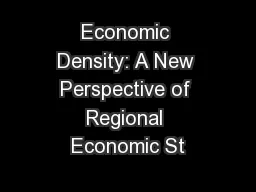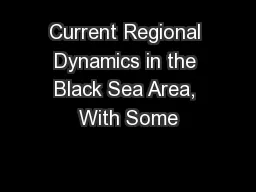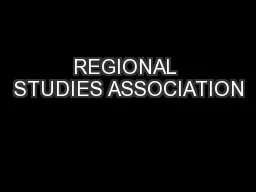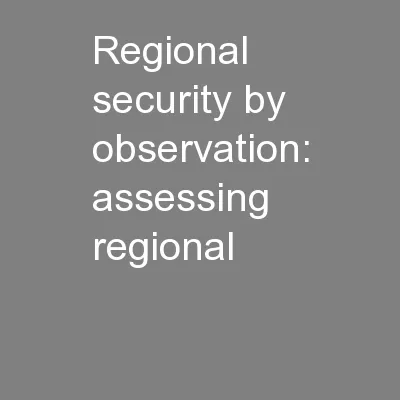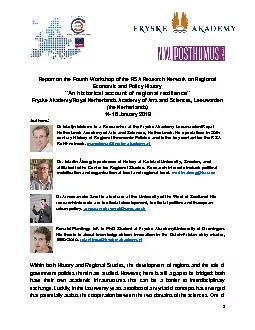PPT-Economic Density: A New Perspective of Regional Economic St
Author : briana-ranney | Published Date : 2017-03-16
经济密度中国区域经济研究的新视角 Xin LAO 劳昕 Doctoral candidate Peking University Visiting Fellow CGA Harvard University CGA seminar series
Presentation Embed Code
Download Presentation
Download Presentation The PPT/PDF document "Economic Density: A New Perspective of R..." is the property of its rightful owner. Permission is granted to download and print the materials on this website for personal, non-commercial use only, and to display it on your personal computer provided you do not modify the materials and that you retain all copyright notices contained in the materials. By downloading content from our website, you accept the terms of this agreement.
Economic Density: A New Perspective of Regional Economic St: Transcript
Download Rules Of Document
"Economic Density: A New Perspective of Regional Economic St"The content belongs to its owner. You may download and print it for personal use, without modification, and keep all copyright notices. By downloading, you agree to these terms.
Related Documents

